Charles LeDray is an American artist whose work transforms the ordinary into the extraordinary. Born in 1960 in Seattle, Washington, LeDray has become renowned for his astonishing attention to detail and his ability to craft objects that resonate with both personal and collective memory. His creations—often tiny, intricately detailed garments and everyday items—invite us to reconsider how we interact with the world around us.
LeDray’s style is a fascinating blend of hyperrealism and conceptual art. At first glance, his pieces appear lifelike, but upon closer inspection, they reveal deeper layers of meaning, drawing you into a world that is both familiar and unsettling. Whether it’s a meticulously stitched shirt or a miniature suitcase, these objects seem to carry weight and history, urging us to reflect on identity, time, and loss. His muted color palette enhances this sense of nostalgia, evoking a timelessness that suggests each piece has a story, even though it’s freshly made.
LeDray’s small-scale works challenge our perception of size, showing that something as diminutive as a thimble or a shirt cuff can hold a vast world of meaning. His art encourages us to rethink our relationship with the everyday objects we encounter. What significance do these things hold? How do they reflect our identities? While the size of the work may be small, the emotions and ideas it conveys are anything but.
One of the most compelling aspects of LeDray’s work is how it plays with scale. His pieces are miniature, but they carry monumental emotional weight. It’s like stepping into a tiny, surreal universe where ordinary objects take on extraordinary significance. His exhibitions become journeys through this miniature world, proving the depth and relevance of his art in the contemporary scene.
What truly sets LeDray apart is his ability to make the mundane magical. He takes everyday items—objects most of us would overlook—and transforms them into works of art that invite us to engage with them on a deeper level. A suitcase, once an ordinary possession, becomes an object brimming with stories and memories. A pair of tiny shoes transforms into a metaphor for a journey—personal or collective—while an intricately stitched shirt speaks to labor, time, and humanity.
From his studios in New York City and the Hudson Valley, LeDray continues to craft works that blur the boundaries between memory, identity, and everyday life. His art invites us to pause, reflect, and rediscover the beauty and significance of the things we often take for granted.
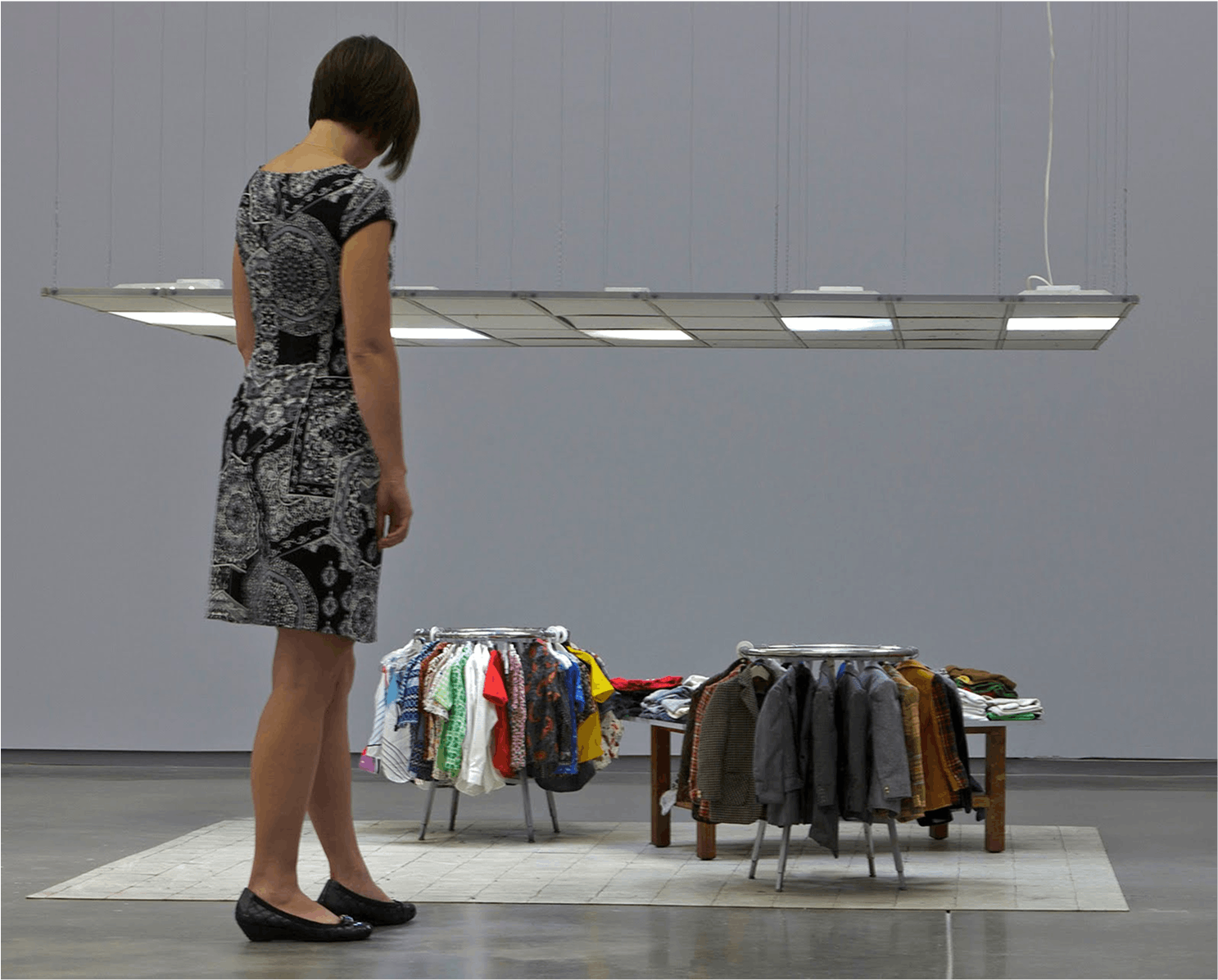
Charles LeDray, Mens Suits, 2006-09, installation, variable dimensions. photo courtesy of the Whitney Museum of American Art
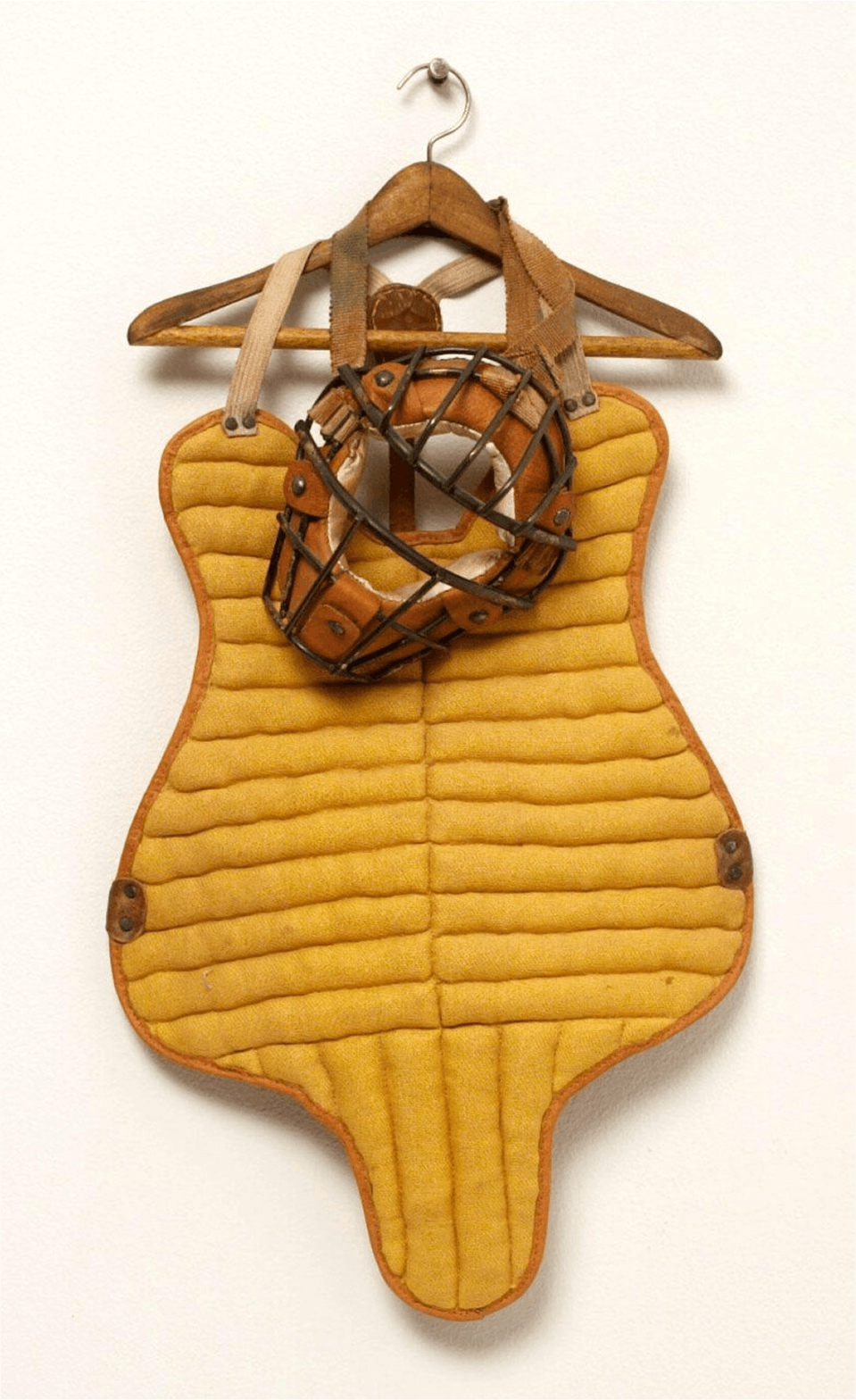
Charles LeDray, (b. 1960), Catcher’s Vest, 2005–2006. Fabric, thread, cotton batting, leather, elastic, grosgrain ribbon, metal, metal patina, wood, wood stain, paint, 14 ¾ x 8 ¼ x 2 ¾ inches

Charles LeDray, Life Vest_Hote Manhattan, 2018, fabric, thread, twill tape, Kapok, paint, varnish, brass, steel, patina, firescale, wood, wax, embroidery floss Artwork size 35.2 x 21.0 x 15.9 (cm)
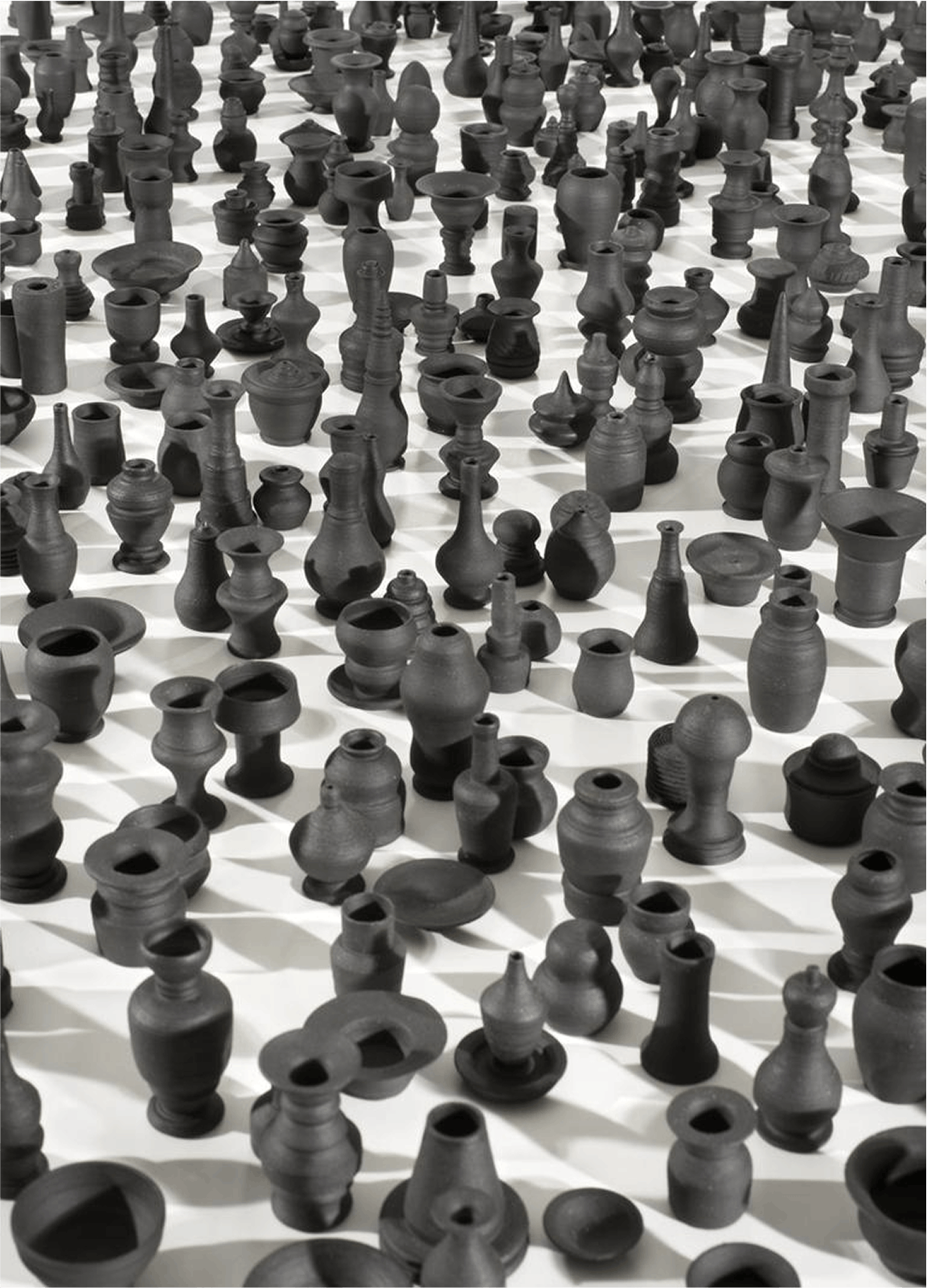
Charles LeDray, Throwing Shadows, 2008–2010, Black porcelain, Dimensions variable
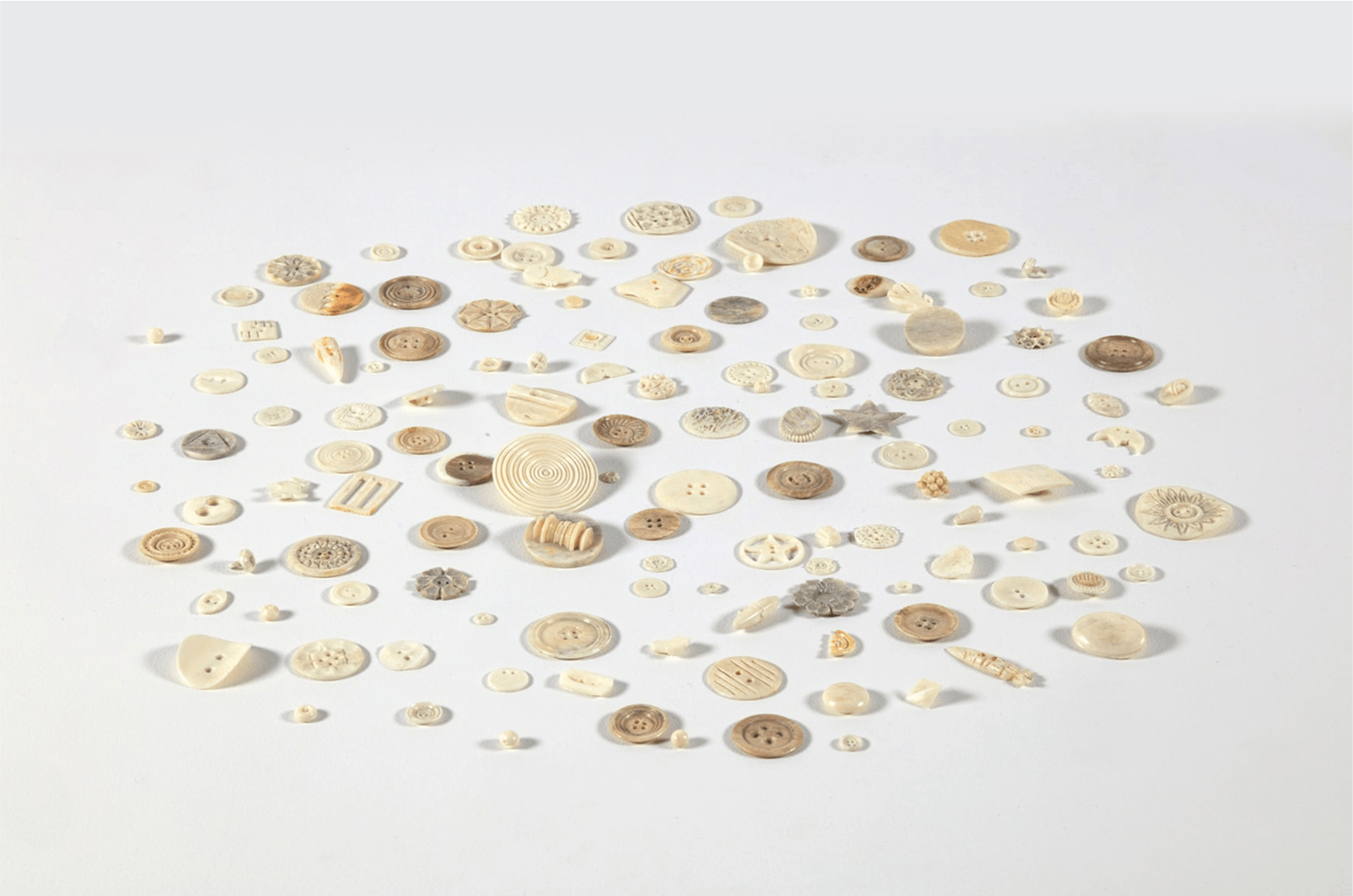
Charles LeDray, Buttons, 2000–2001, human bone, dimensions variable
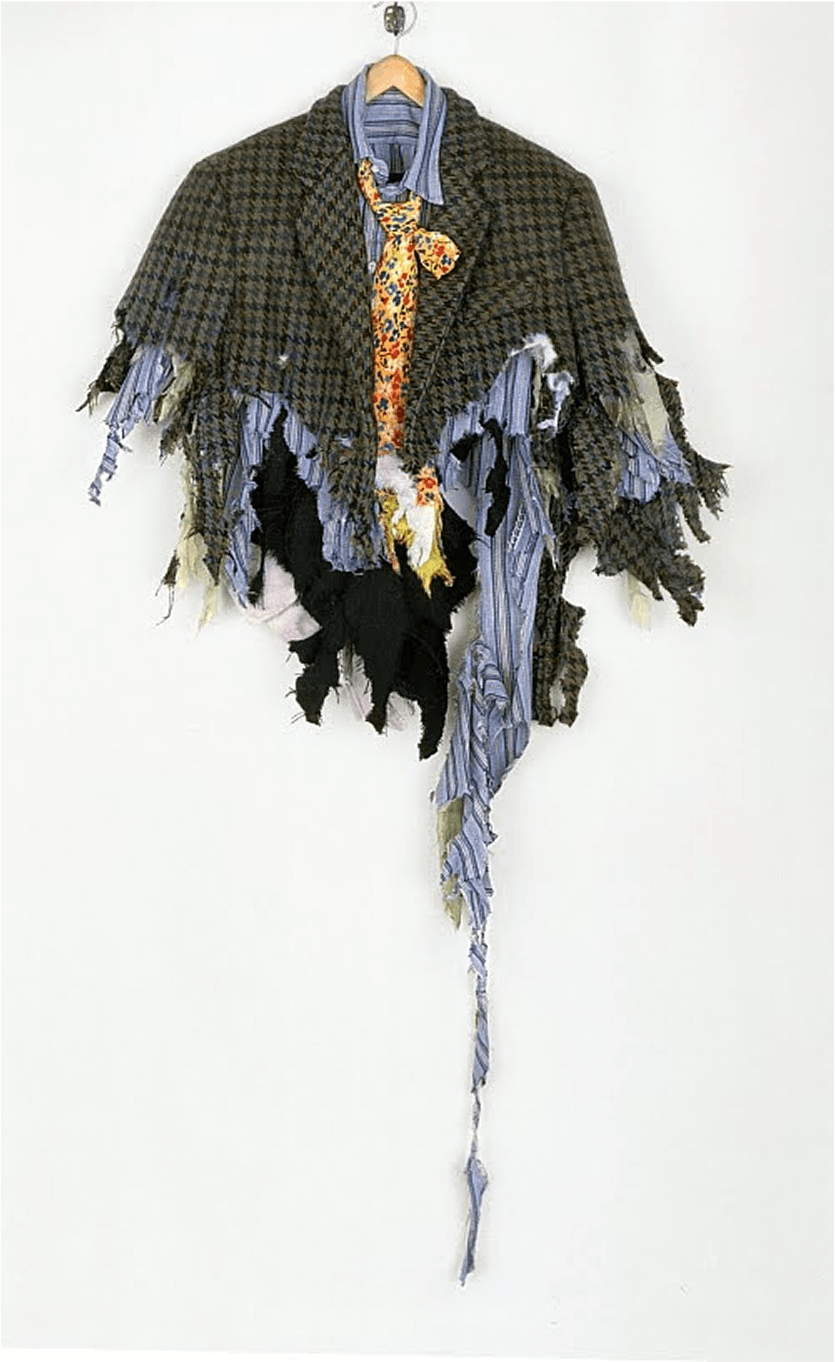
Charles LeDray, Torn Suit, fabric, thread, wood, metal, plastic, animal horn, acrylic paint, 29 1_4 x 13 x 3 1_4 inches, 1997-98
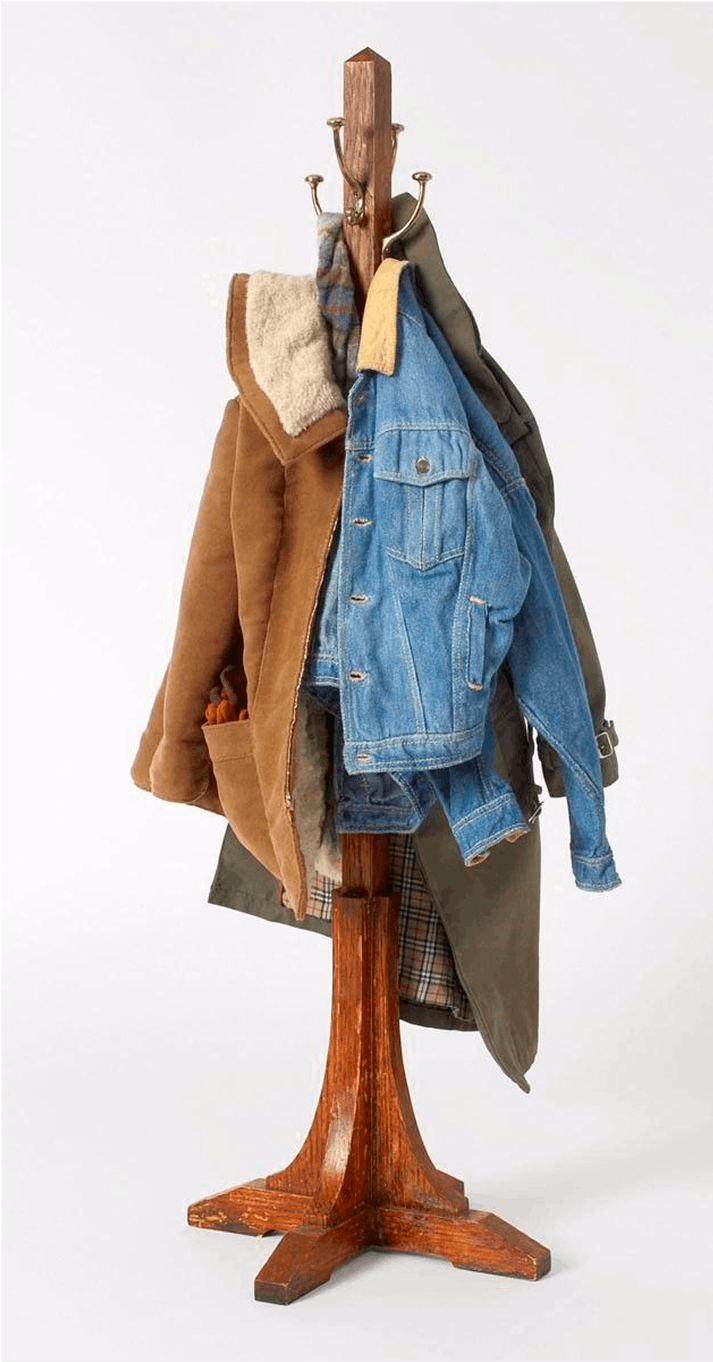
Charles LeDray, Hall Tree, 2006, wood, wood stain, casin, paint, shellac, brass, fabric, thread, leather, plastic, gold-plated brass, white-gold plated brass, and dirt

Charles LeDray, Party Bed, 2006, Textile, mattress, and bed frame. 25 ¾ ft x 49 ¼ ft x 4 ½ ft

CHARLES LEDRAY
Born Seattle, WA
Lives and works New York City and the Hudson Valley
Education
BIBLIOGRAPHY
peterfreemaninc.com/exhibitions/en-travaux/press-release
mfah.org/press/charles-ledray-workworkworkworkwork#:~:text=About%20the%20Artist&text=In%201993%2C%20LeDray%20received%20the,the%20American%20Academy%20in%20Rome
peterfreemaninc.com/artists/charles-ledray/biography
whitney.org/exhibitions/charles-le-dray
